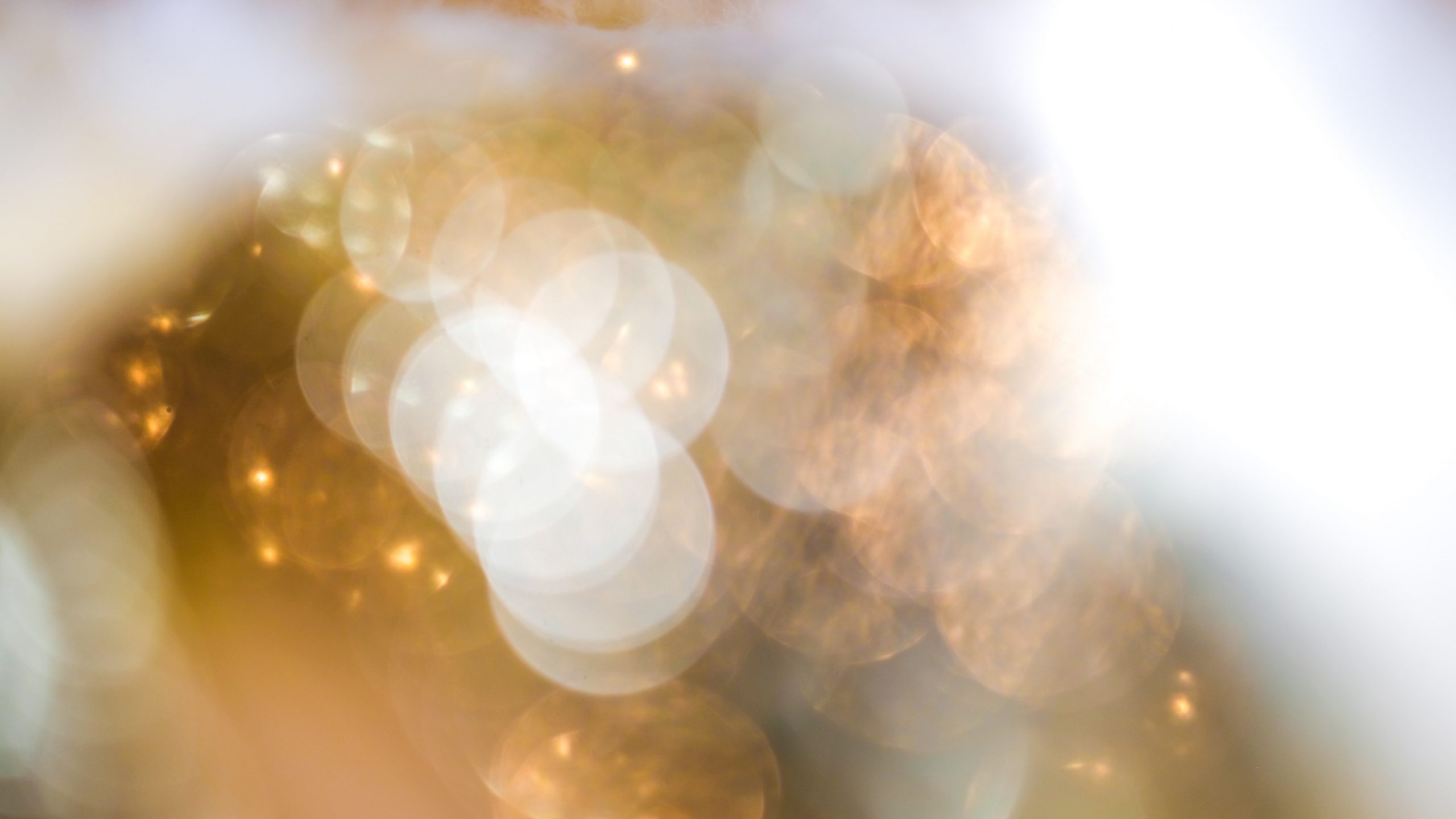As winter approaches, the days get darker and we continue to be forced inside. Many of us begin to feel the effects of a lack of sunlight on our mental health. The sun is essential to our well-being. It regulates our sleep cycle, boosts our energy levels and contributes significantly to our moods. Before COVID-19, Americans spent 90% of their time inside. With social distancing and stay-in-place orders being the new norm, that number has most definitely increased this year. And as we don’t get enough sunlight, our mental health is negatively impacted. The sun is vital to our well-being, but how?
The Sun Aids in the Production of Key Hormones: Melatonin & Serotonin
When we don’t get enough sun, our bodies don’t produce enough melatonin and serotonin. Not having enough of these two hormones can result in seasonal affective disorder (seasonal depression), the winter blues, sleep disorders, insomnia and more.
Melatonin is essential as it regulates our sleep-wake cycle, known as our circadian rhythm. More sunlight exposure means more melatonin production, resulting in a healthier sleep-wake cycle. It allows us to fall asleep more easily, sleep through the night and lets our bodies go through their natural REM cycles effectively. A lack of melatonin can cause significant disruption to a person’s circadian rhythm. This can create a domino effect of health issues.
Serotonin, on the other hand, does more than regulate sleep. When our bodies produce serotonin, it sends signals to different parts of the brain, which regulates many functions, including mood, appetite, sexual desire, memory and energy levels. When our body doesn’t produce enough serotonin, those functions can get thrown off. This begs the next question: How do we regain our melatonin and serotonin levels when sunlight is limited and not easily accessible during cold months?
Bright Light Therapy: A Major Key to Surviving Winter
Bright light therapy offers a natural, safe and convenient way to replace lost sunlight during darker months. It works by using a specialized SAD light therapy lamp that mimics sunlight. These sun lamps differ from indoor lighting as they produce 5-10 times more LUX (a measure of light intensity). Not only that, but seasonal affective disorder lamps feature filters to block out any harmful UV that can cause damage to the user.
SAD light therapy lamp treatment works by sitting in front of the light therapy light for 20-30 minutes within an hour of waking. You can perform everyday activities such as reading, writing, using a laptop or even eating breakfast while letting the light hit your face. The light treatment lamp mimics sunlight to “trick” your body into producing melatonin and serotonin.
Bright light therapy lamps can take 2-3 days to 2-3 months for the effects to take place. This will vary from user to user depending on other habits such as diet, sleep, physical activity and preexisting conditions. Light therapy benefits prove to work best when accompanied by other practices such as exercise, mindfulness and outdoor activities.
When selecting a light therapy lamp, they must have these key characteristics to be fully effective:
- Produce 10,000 LUX from a comfortable sitting distance (anything above 10,000 LUX does not have any additional benefits)
- Have a large surface area: Smaller lamps do work; however, you’ll have to sit in front of them for more extended periods to feel the effects.
- Angles above the eye: Light therapy works most quickly when the light enters above your eye. If you experience more severe SAD, this is vital. However, “wellness grade” lamps that produce light from a downward position will work for those with mild cases of the winter blues.
While light therapy lamps are typically harmless, they can cause adverse reactions to anyone with preexisting conditions affected by light. If you have any concerns about light therapy, it’s best to consult your doctor before using any light therapy light.
















